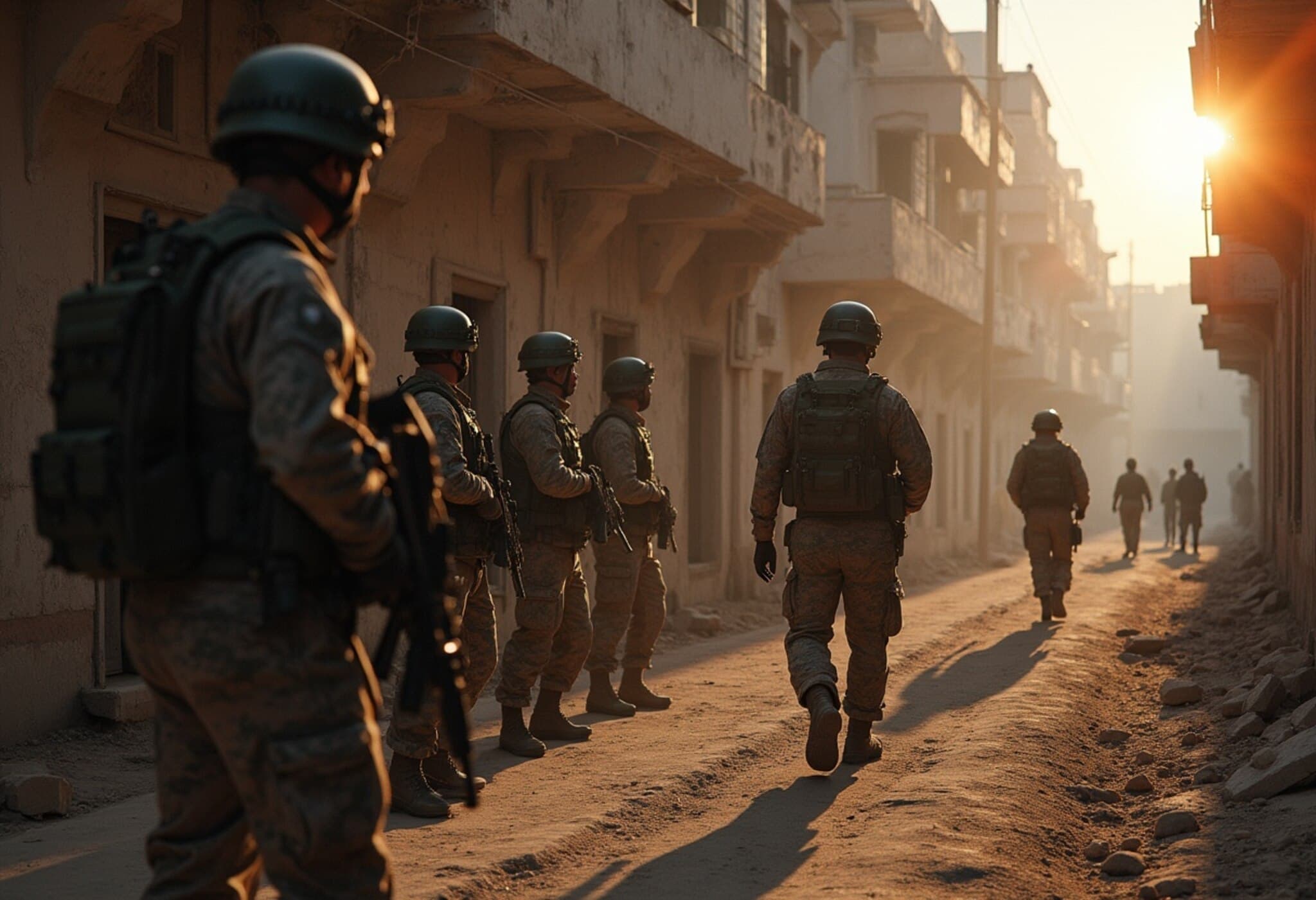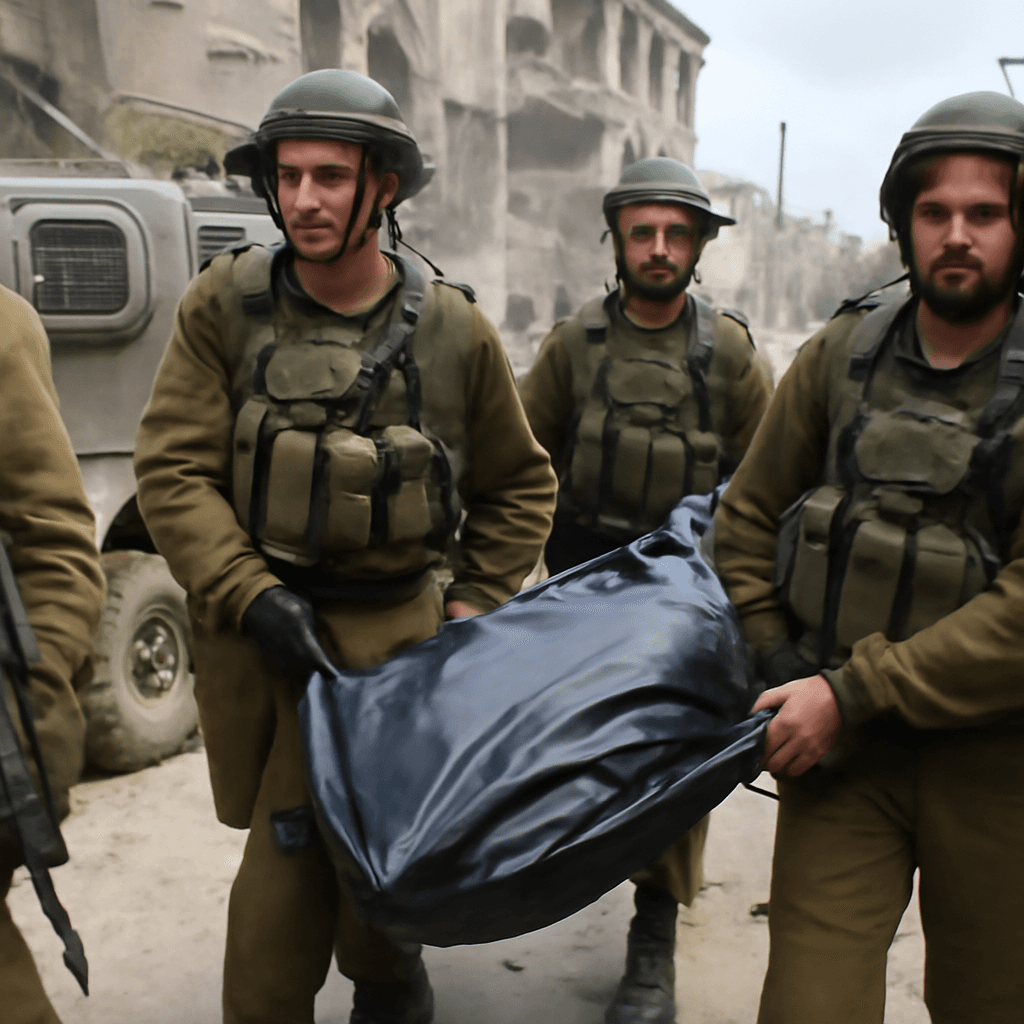Israeli Forces Seal Extensive Hamas Tunnel Network in Gaza’s Beit Hanoun
In a critical development in the ongoing conflict in Gaza, the Israel Defense Forces (IDF) have successfully sealed approximately seven kilometres of Hamas tunnels located in Beit Hanoun, demonstrating a significant tactical blow to militant infrastructure in the region. The operation, officially disclosed on August 16, 2025, highlights the IDF’s intensified efforts to dismantle Hamas’ subterranean capabilities amid continuous offensive operations in northern Gaza.
Four Weeks of Precision Engineering and Tactical Innovation
According to the IDF, this achievement was the culmination of a meticulous month-long operation led by troops from the 99th Division, who worked relentlessly on the outskirts of Gaza City. Utilizing over 20,000 cubic meters of concrete, the forces sealed the tunnels through a combination of cutting-edge technology and innovative engineering methods — techniques reportedly employed for the first time in such a context.
Alongside the concrete sealing, combat engineers detonated an additional 2.4 kilometres of tunnels using standard demolition methods, escalating the disruption to Hamas’ underground network. The IDF statement underscored that these twin efforts significantly undermined the operational capacity of the Beit Hanoun Battalion, effectively achieving its defeat.
“The operation was made possible thanks to precise engineering planning, combining advanced technological capabilities and innovative methods used for the first time, which led to the complete sealing of the tunnel,” the IDF declared.
Visual Evidence and Tactical Context
The IDF reinforced transparency and public communication by releasing exclusive footage of the Beit Hanoun operations. These visuals provide rare insight into the complexity of underground warfare in Gaza and showcase the multifaceted approach Israel is taking to neutralize tunnel-based threats. Beit Hanoun has been a focal point of offensive maneuvers, given its strategic significance in Hamas logistics and attack planning.
Targeted Elimination of Senior Hamas Leadership
Adding to the pressure on Hamas’ military command, the IDF announced the targeted killing of Nasser Musa, head of Hamas’ Military Control Department within the Rafah Brigade. Killed last Saturday in Khan Younis, Musa was responsible for coordinating attacks and operational readiness amid ongoing hostilities. A close associate of the brigade’s former commander Mohammad Sabaneh — eliminated earlier in May 2025 — Musa’s death marks another critical ranking setback for Hamas’ southern command structure.
“Nasser Musa was responsible for the Rafah Brigade’s operational readiness and attacks during the war, and he was a close associate of the brigade’s commander, Mohammad Sabaneh,” the IDF confirmed.
Cross-Border Strikes Against Hezbollah Infrastructure in Lebanon
Further expanding the theater of conflict, the IDF disclosed strikes on a Hezbollah military position and underground infrastructure on the Beaufort Ridge in southern Lebanon. Officials labeled the installation’s presence and activities as a direct violation of existing understandings between Israel and Lebanon, signaling a potential escalation in regional tensions along the northern border.
Expert Analysis: The Broader Strategic Implications
From a strategic standpoint, the sealing of seven kilometres of Hamas tunnels represents more than just a physical disruption. Experts view this as a testament to evolving military engineering capabilities and intelligence integration within asymmetric warfare contexts. Tunnel networks have long been a defining element of Hamas’ operational tactics, providing stealth, mobility, and a tactical edge against aerial or surface attacks.
The technique of flooding tunnels with concrete is resource-intensive but highly effective, signaling Israel’s commitment to neutralizing subterranean threats sustainably rather than relying solely on destruction. This advancement also raises critical questions about the future dynamics of the Gaza conflict: How will Hamas adapt to the loss of such vital infrastructure? Will new forms of underground defense or alternative offensive strategies emerge?
Moreover, the elimination of senior commanders like Nasser Musa underscores the targeted decapitation approach Israel is deploying — aimed at debilitating Hamas’ decision-making and operational cohesion. The IDF’s widening scope of operations, including engagement with Hezbollah-linked assets in Lebanon, hints at a complex regional security environment where local conflicts have broader geopolitical ramifications.
What Lies Ahead? A Call for Vigilance and Strategic Reflection
As Israel advances its campaign, the humanitarian and political consequences continue to ripple across Gaza and neighboring regions. Analysts urge international observers and policymakers to closely monitor the evolving ground realities, especially the impact on civilian populations and the longer-term prospects for peace and stability.
Ultimately, the sealing of Hamas tunnels at Beit Hanoun is both a military milestone and an invitation to reexamine the nature of modern conflict — where underground engineering prowess amplifies conventional warfare and where every territorial gain carries profound human and geopolitical significance.
Editor’s Note
This development underscores the intricate interplay of technology, strategy, and human cost in contemporary Middle Eastern conflicts. As the IDF continues its operations, questions emerge about the sustainability of tunnel warfare and the broader implications for regional security. Readers are encouraged to consider the multidimensional nature of these conflicts, beyond military tactics to the enduring quest for peace.

















